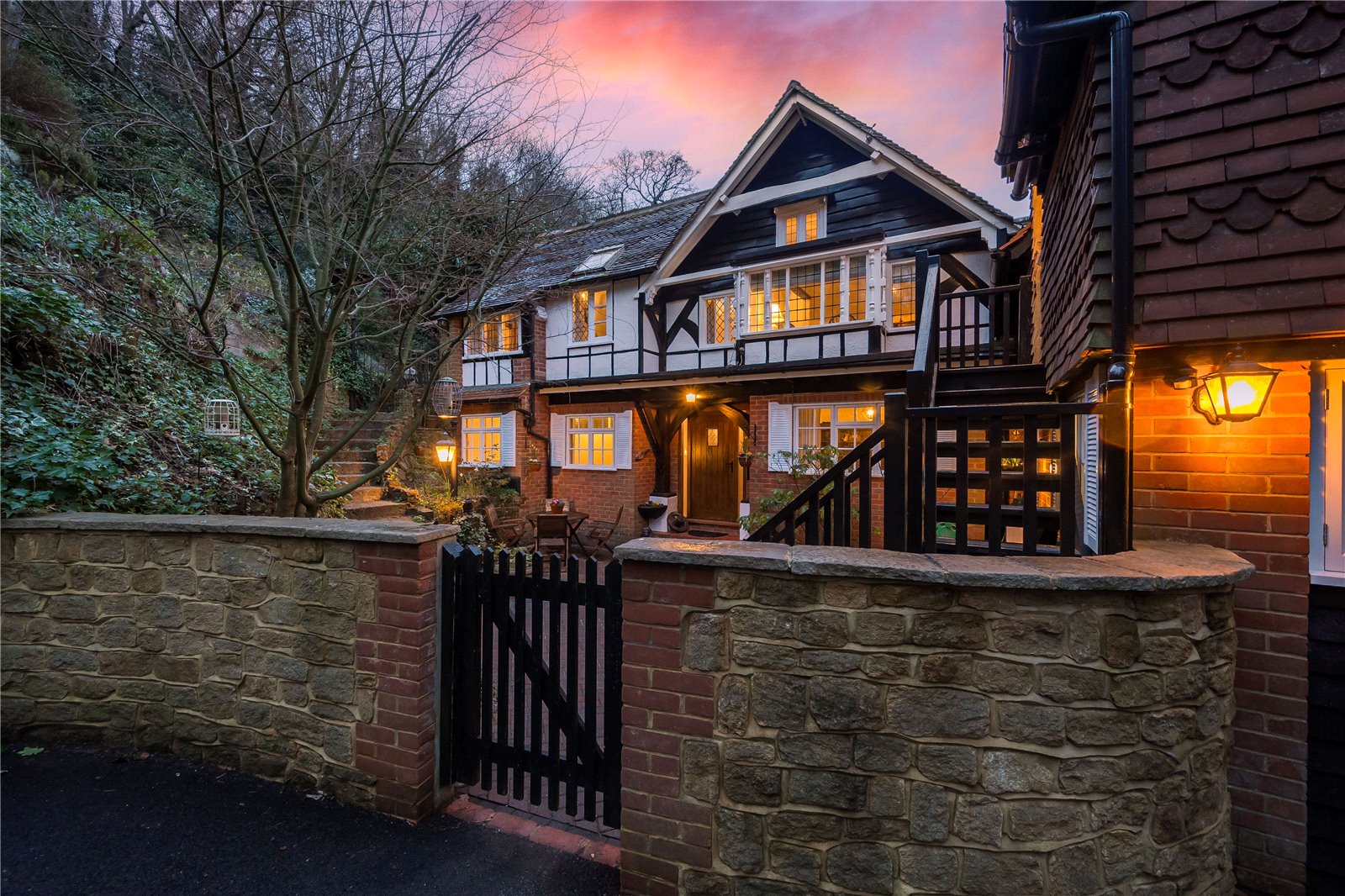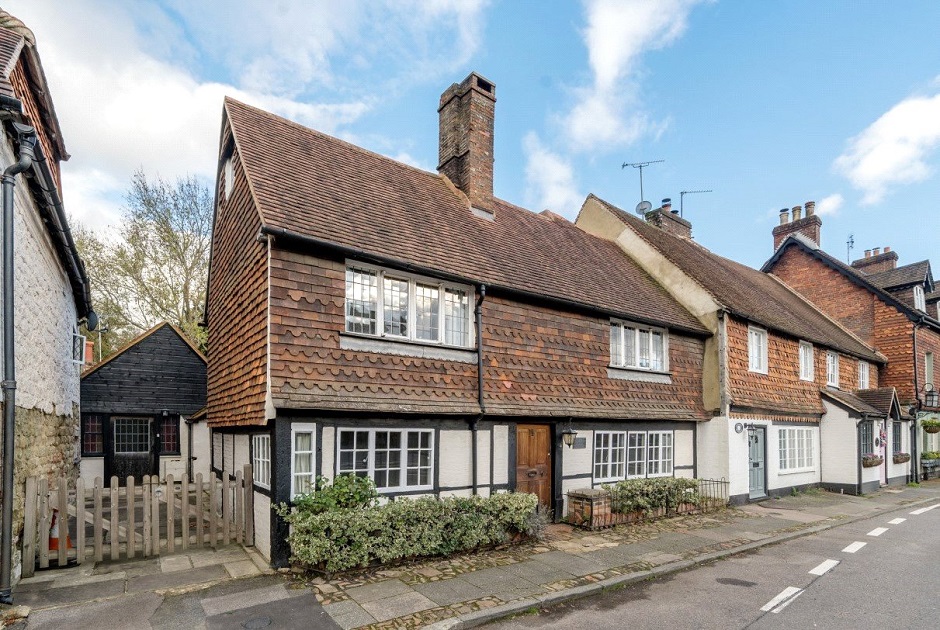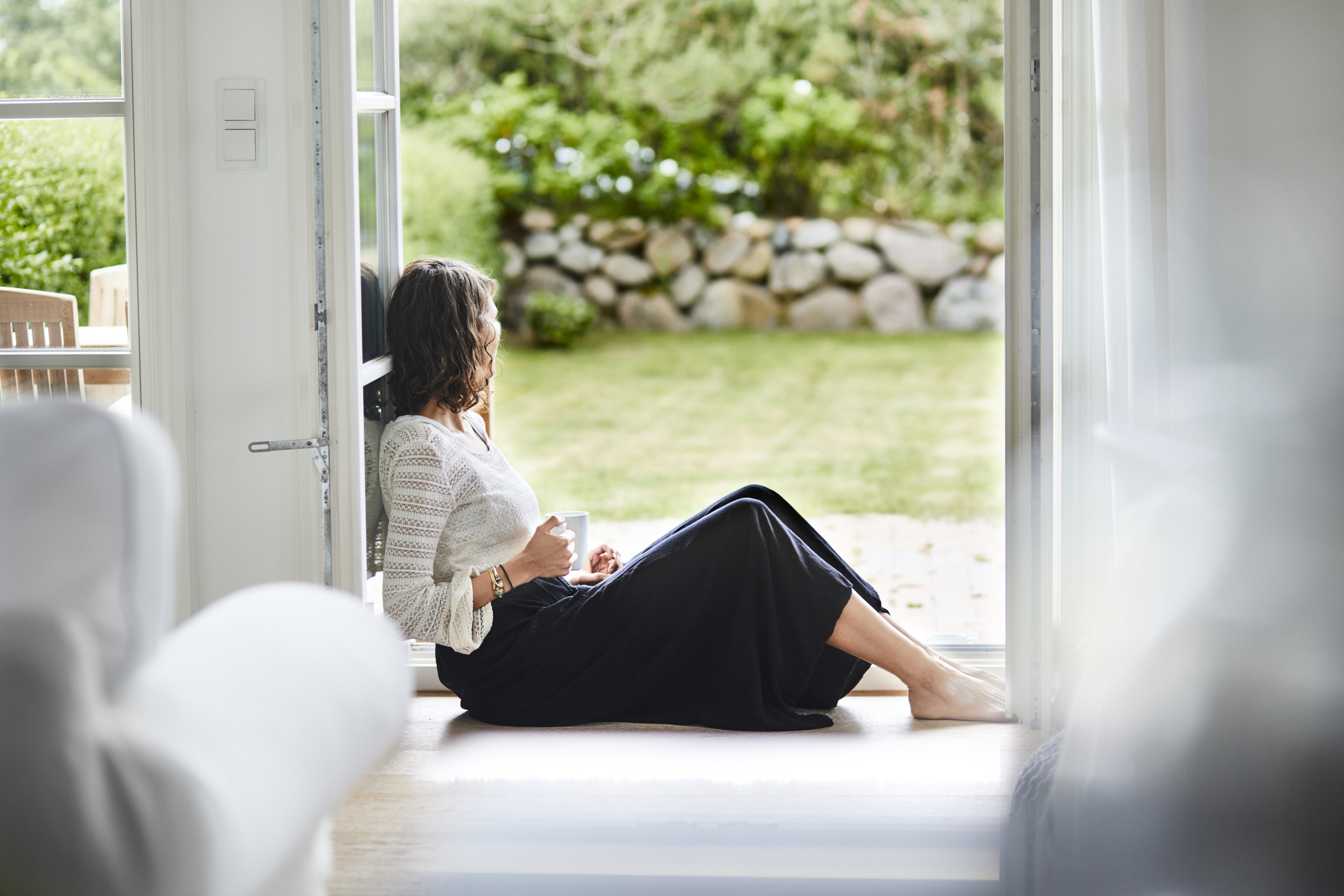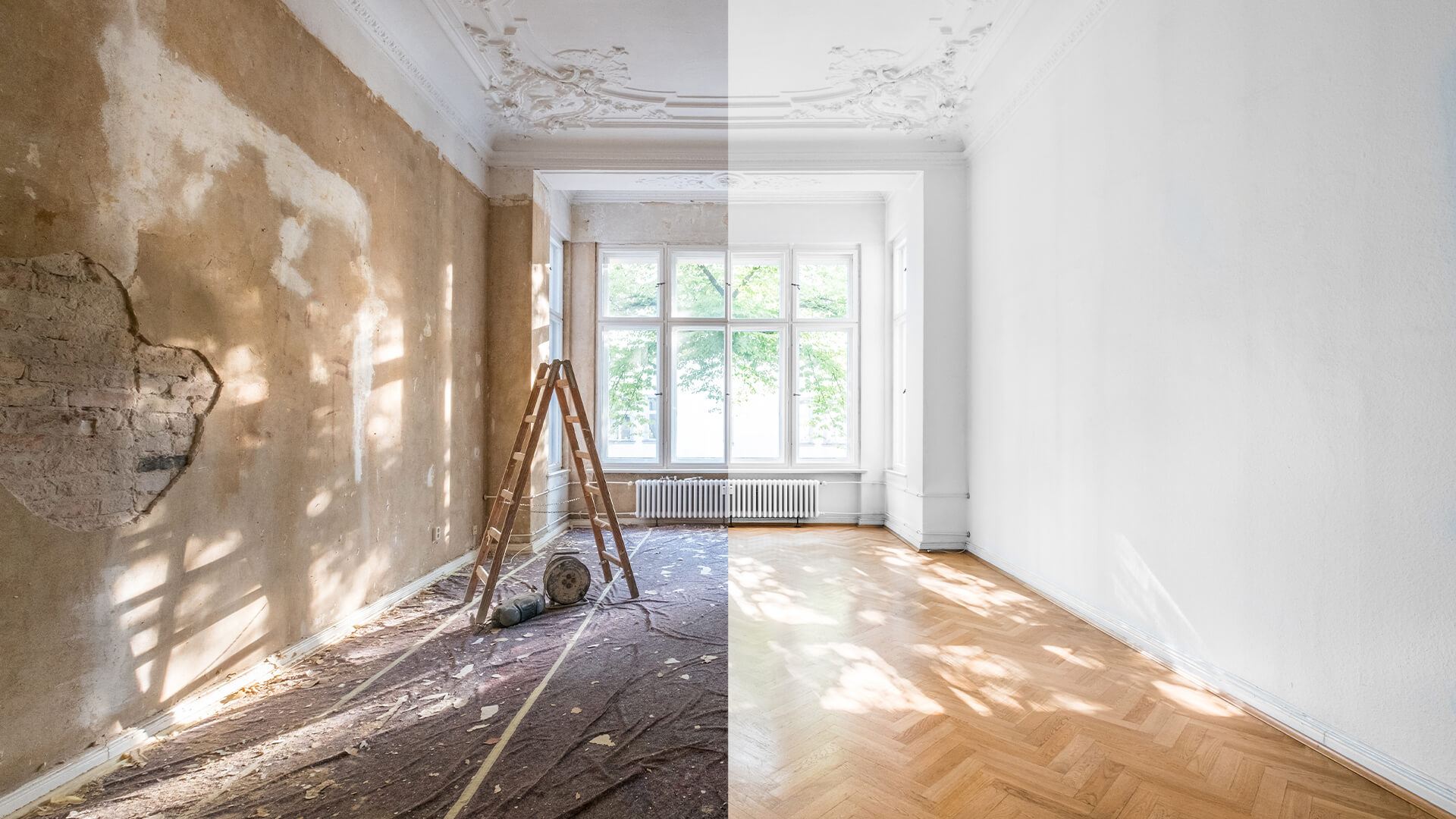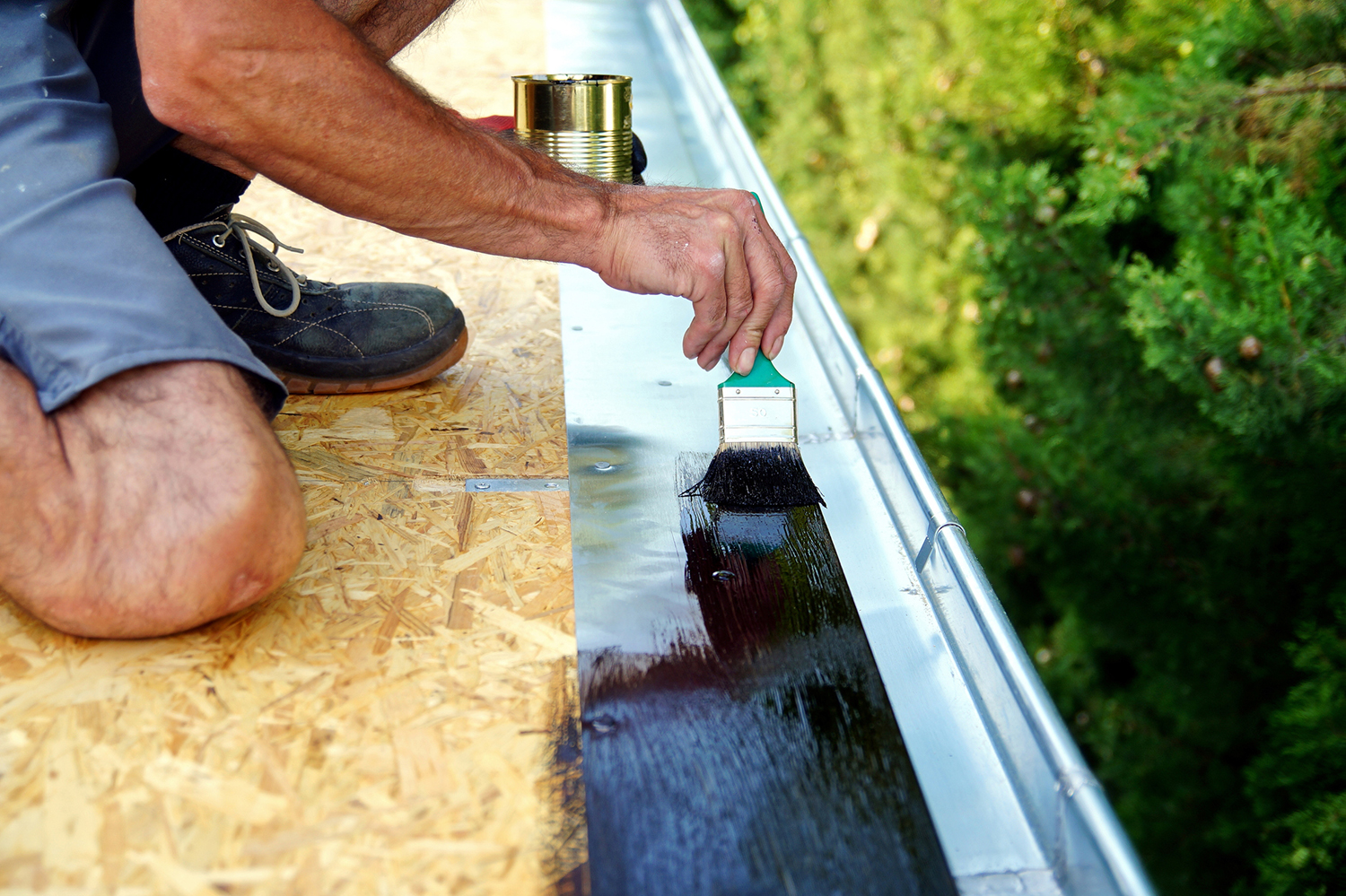
Flat roofs are a very common and cost effective way of roofing and are mainly used on smaller additions to a main dwelling and outbuildings, but can also provide an ideal solution where the bulk of a pitched roof is impractical or not permitted.
Contrary to the name, it is imperative that flat roofs have a slight pitch between 1:40 to 1:80 to allow water to run off.
When it comes to insulating a flat roof, there are two options, a Warm Roof or a Cold Roof. Knowing the difference between these two types of flat roof is essential before you begin any work on your home.
Warm Roof
This is the one that is recommended for construction in the home today. The insulation is laid on top of the deck, keeping the deck warm and the waterproof membrane then laid over forming the outer covering. This method creates a stable environment, avoiding having to ventilate the roof structure.
Cold Roof
Many older style residential flat roofs have the waterproof covering laid directly onto the deck and insulation placed between the joists above the ceiling. This arrangement allows the deck to become ‘cold’. In cold weather, such roofs are inherently prone to condensation, which can cause materials to decay and distort. To reduce this risk, through-ventilation has to be provided to each and every space above the insulation, but this is difficult to achieve.
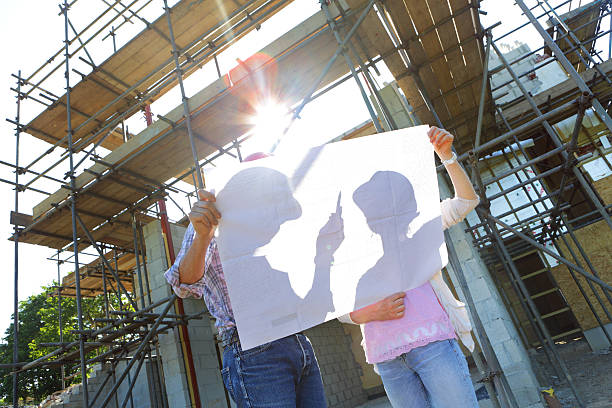
What are the common problems to look out for with a flat roof?
Ponding
A pond of standing water on your roof will eventually cause the fabric to break down and leak.
Watermarks
Patches of staining may be the result of water having penetrated into the roof’s sub-structure or a sign of ponding.
Vegetation
Moss, fungus, lichen and weeds are all signs that there has been a build-up of water and over an extended period will cause decay of the roof covering and may encourage damage by birds pecking for insects.
Cracking or Stretching
With age, the flexible roofing materials can dry out causing cracking and tears in the corners.
Blistering
Strong sun light and heat can cause a bubble in the roof membrane, this could burst allowing water ingress.
Punctures
Keep a close eye for any objects that fall or rub on the roof fabric, common causes are slipped tiles, guttering or cables. Avoid walking on the surface unless absolutely necessary.
Roofing Materials
There are numerous materials used, each with their own specific characteristics and benefits but the principal cost-effective types used in domestic properties have moved on considerably from yesteryear. Today, the materials come with up to 50 year guarantees and it is important to use a contractor who is experienced in the installation of the roofing system. The three principal coverings used depend upon the roof shape and usage that it will endure. They are:
• Modified Bitumen Roof
• EPDM, Synthetic Rubber
• GRP Fiberglass
For useful advice on all UK building regulations visit the Government’s Building Regulations Guide.

